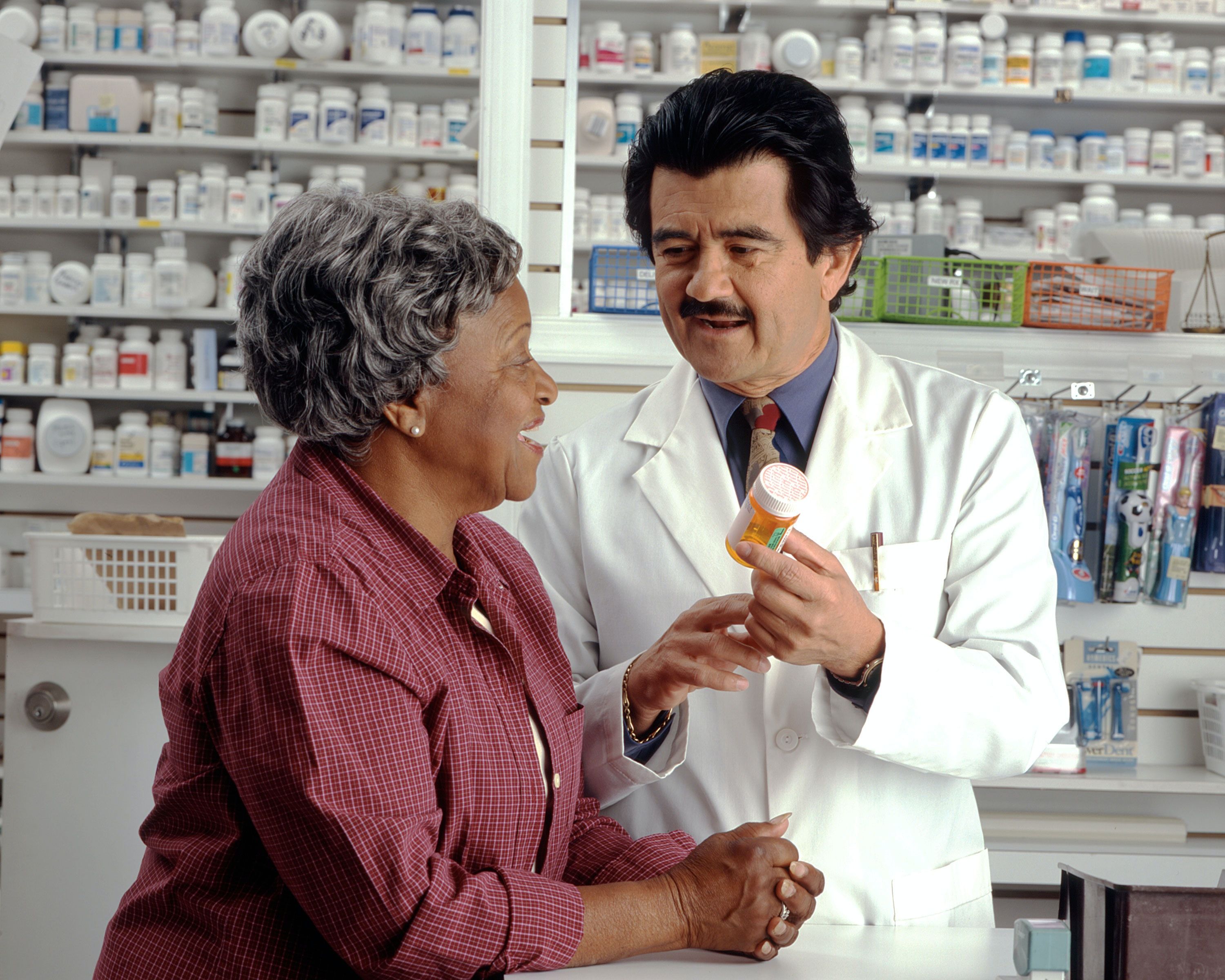PREP Act Set to Sunset in 2024 Affecting Half of US States
This act designed to allow pharmacists and technicians the ability to administer certain vaccines without a prescriber order will lapse next year. A new report looks at vaccination trends in the US and how pharmacists are playing a vital role in administering vaccines.

Pharmacists are on the frontlines of patient care with their daily interactions with customers at local pharmacies counseling people on their medications and answering medical questions. They have also helped to serve as providers of vaccines administering them to people in need.
Their value is indisputable. Not only are they some of the most trusted health care providers, they are the most accessible. According to the Centers for Disease Control and Prevention, pharmacists are the most accessible health care professionals in the United States and about 91 percent of the American population lives within 5 miles of a community pharmacy, and approximately the entire US population will walk through a pharmacy in any week.
The Public Readiness and Emergency Preparedness Act (PREP Act), which allowed pharmacists and pharmacy technicians to administer certain vaccines including for COVID-19, will sunset in 2024, thus leaving 25 states without the ability to continue this practice.
The obvious concern is that some people will have limited access to get some life-saving vaccines.
The Global Healthy Living Foundation (GHLF) announced today it had published a new report finding an increase nationwide in people receiving vaccines at pharmacies compared to physician practices in 2020 and 2021. Data show that across all vaccines for adults (regardless of location, gender, or income), a large majority of the administration took place at the pharmacy level, with most COVID-19, shingles, and flu shots administered by pharmacists (as compared to non-pharmacy medical settings). In addition the share of pneumococcal and adult HPV vaccination at pharmacies also is trending up.
This report was commissioned by the GHLF and the IQVIA Institute for Human Data Science to better understand immunization access improvements following the enactment of the PREP Act and subsequent modifications made during the COVID-19 pandemic.
“Our research shows that immunization rates improve when pharmacists and pharmacy technicians are authorized to vaccinate adults,” said Robert Popovian, PharmD, MS, Chief Science Policy Officer, Global Healthy Living Foundation. “It’s time to permanently codify the PREP Act into federal and state law while further expanding authorization to empower pharmacists, pharmacy interns, and pharmacy technicians to administer all Food and Drug (FDA) approved and/or ACIP (Advisory Committee on Immunization Practices) recommended vaccines, like their physician colleagues.”
The GHLF/IQVIA report, using proprietary IQVIA data to understand the location of administration of several adult and children’s vaccines, found an increase in adult vaccines administration at pharmacies as compared to non-pharmacy medical settings in 2020 and in 2021. Most of the adult COVID-19 and shingles vaccine administration took place at pharmacies, and around 60 percent of vaccination during flu season (Quarters 3 and 4) took place at pharmacies. Share of pharmacy administration of other adult vaccinations also trended upwards. For example, while HPV vaccines are generally used in adolescent populations, 20 percent of all HPV vaccine claims are for adults. At the start of 2018, only 5 percent of adult HPV vaccines were administered in pharmacies, but by the end of 2021 around 20 percent of administration happened at pharmacies. Share of Pneumococcal vaccination happening at pharmacies also trended upward and is correlated with the flu season as people may interact more with pharmacists for the flu vaccine and may be informed regarding the pneumococcal vaccine.
For children, a large majority of COVID-19 vaccines were administered at pharmacies as compared to non-pharmacy medical settings. Regarding the flu vaccines, there has been a slight increase in pharmacy administration in 2020 and 2021 (12-13 percent during the flu season) compared to 2018 and 19 (7-10 percent during flu season).
Pharmacy-based vaccination increased nationwide regardless of location, income, or gender. Specifically, Hispanic and Asian populations receive a larger share of vaccines at pharmacies compared to other race/ethnicity categories.
“Broadening vaccination authority in pharmacies will increase immunization rates, reduce overall health care costs, and save lives, laying the groundwork for a better, stronger, and fairer healthcare system for all,” Seth Ginsberg, president and co-founder, Global Healthy Living Foundation, said in a statement.
